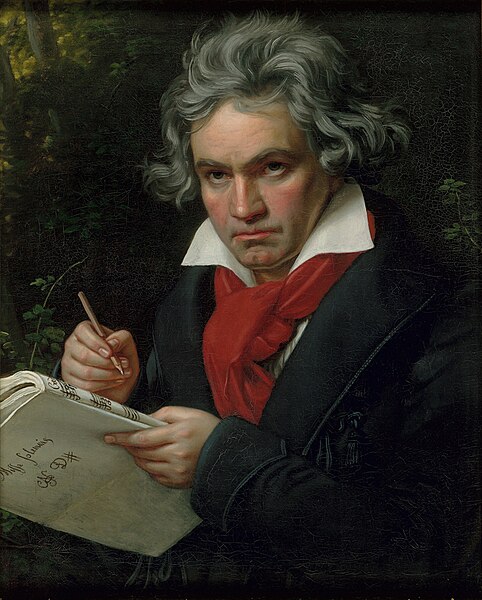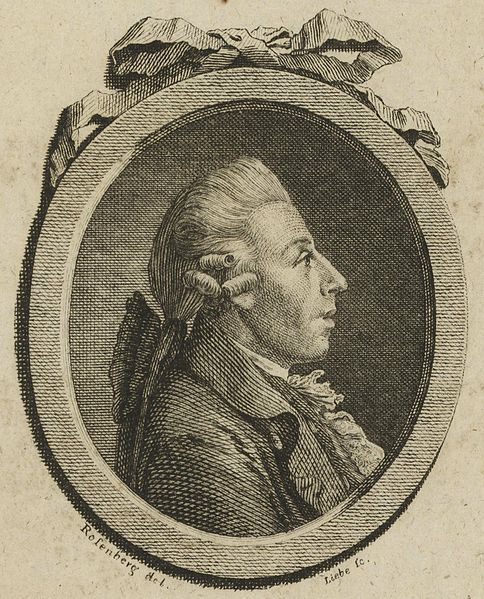Symphony No. 1 (Beethoven)
Ludwig van Beethoven's Symphony No. 1 in C major, Op. 21, was dedicated to Baron Gottfried van Swieten, an early patron of the composer. The piece was published in 1801 by Hoffmeister & Kühnel of Leipzig. It is not known exactly when Beethoven finished writing this work, but sketches of the finale were found to be from 1795.
Portrait of the composer in 1803, three years after the premiere
Ludwig van Beethoven was a German composer and pianist. He is one of the most revered figures in the history of Western music; his works rank among the most performed of the classical music repertoire and span the transition from the Classical period to the Romantic era in classical music. His early period, during which he forged his craft, is typically considered to have lasted until 1802. From 1802 to around 1812, his middle period showed an individual development from the styles of Joseph Haydn and Wolfgang Amadeus Mozart, and is sometimes characterized as heroic. During this time, Beethoven began to grow increasingly deaf. In his late period, from 1812 to 1827, he extended his innovations in musical form and expression.
Beethoven (1820)
Beethoven's birthplace at Bonngasse 20 in Bonn is now the Beethoven-Haus museum.
Christian Gottlob Neefe, one of Beethoven's first music teachers, depicted in a c. 1798 engraving
Count Waldstein, depicted in a c. 1800 portrait by Antonín Machek





